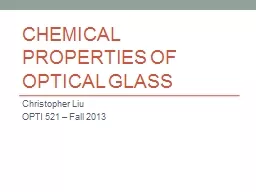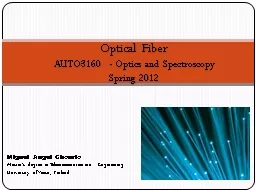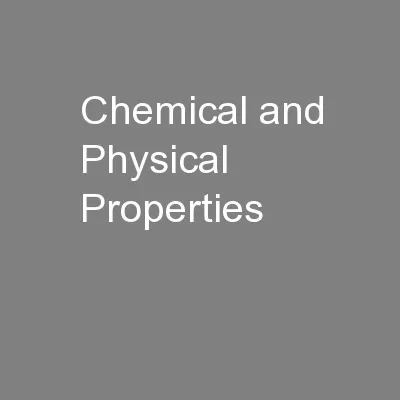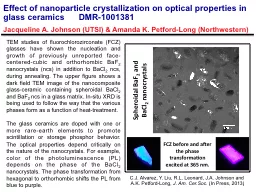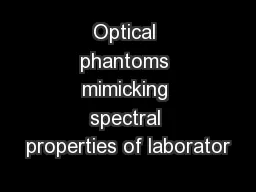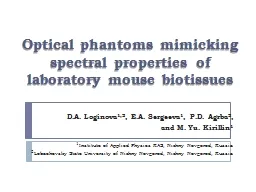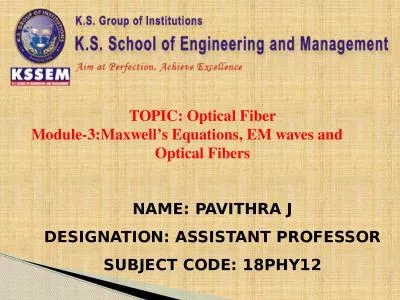PPT-Chemical properties of optical glass
Author : lois-ondreau | Published Date : 2020-01-22
Chemical properties of optical glass Christopher Liu OPTI 521 Fall 2013 Why does chemical resistance matter Not every optical system is used in a controlled laboratory
Presentation Embed Code
Download Presentation
Download Presentation The PPT/PDF document "Chemical properties of optical glass" is the property of its rightful owner. Permission is granted to download and print the materials on this website for personal, non-commercial use only, and to display it on your personal computer provided you do not modify the materials and that you retain all copyright notices contained in the materials. By downloading content from our website, you accept the terms of this agreement.
Chemical properties of optical glass: Transcript
Download Rules Of Document
"Chemical properties of optical glass"The content belongs to its owner. You may download and print it for personal use, without modification, and keep all copyright notices. By downloading, you agree to these terms.
Related Documents

